State of Play - 1X Drivelines
Posted by Ken Ballhause on 15th Oct 2024
2024 World Champs, Zürich, Switzerland. Remco Evenepoel puts on yet another amazing display to take his second rainbow jersey in a row. Surprisingly, his startline mishap is almost as well known as his victory, seconds before the start, his mechanic was wrestling with a dropped chain.
The Incident
The camera zooms in on Remco's cassette, presumably to show his starting gear. He appears to be in the 27T cog, the second largest cog on his cassette. He clips in and pedals backward, dropping his chain from the chainring, the chain slipping between the crank and the BB body of the bike. The chain jams and presumably in this process, dislodges his power meter magnet, rendering his power meter useless.
Design Flaws, or User Error?
This demonstrates the perfect storm of issues, manifesting in a dropped chain at a crucial yet unfortunate point for the Olympic and two-time World Champion. This precise problem is why we embarked on our Driveline Ecosystem and explored 1X chainring solutions. It’s why we have partnered with cSixx to deliver what we believe is the best 1X solution on the market.
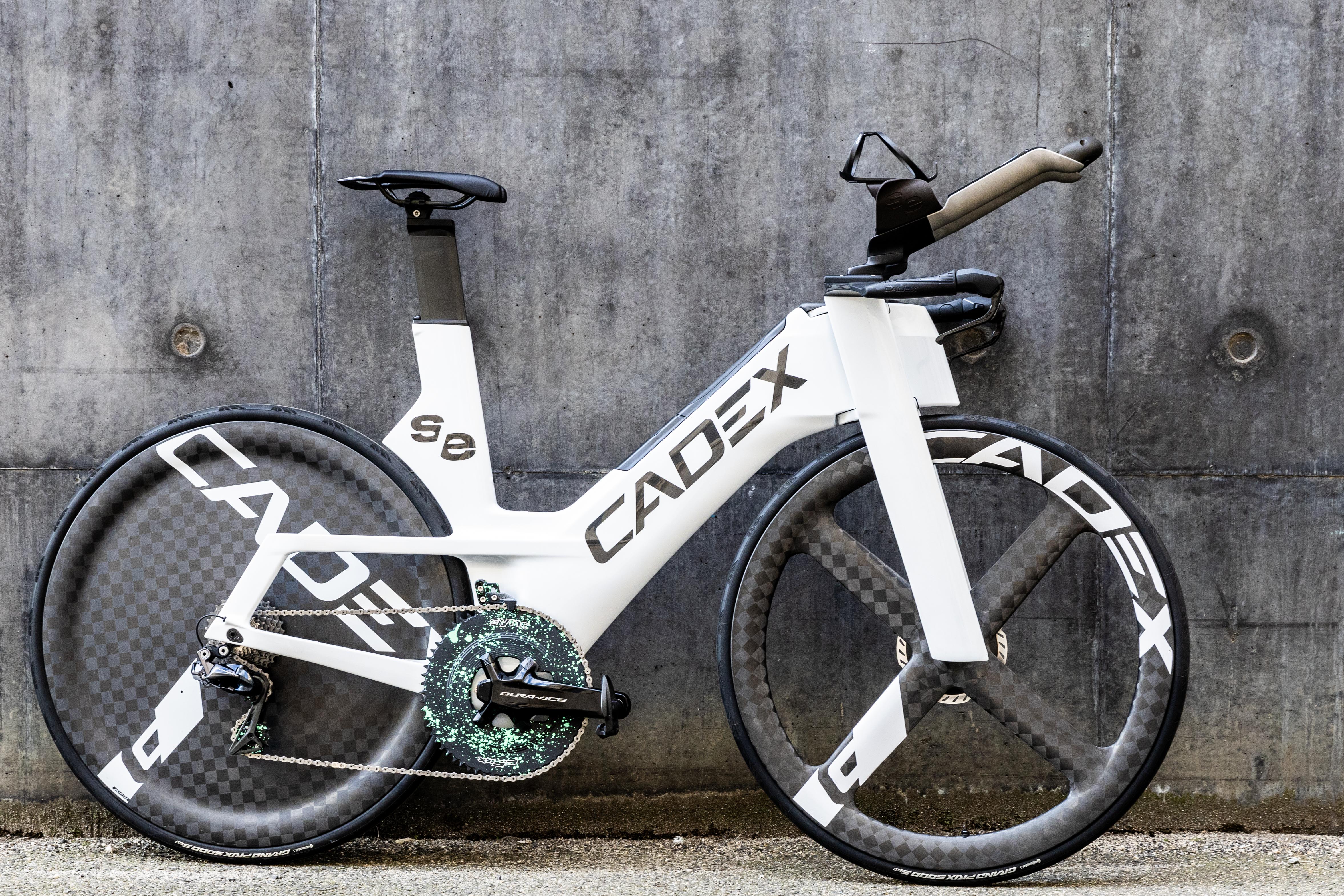
Chainline
The primary source of the problem is chainline. When at the top of the cassette, the chain approaches the chainring at an extreme angle, this is often referred to as ‘cross chaining’. When pedaling forwards this causes gouging of the tooth, as the plates of the chain shear material away from the surface of the tooth. When pedaling backwards, you get the very unfortunate “Evenepoel moment”.
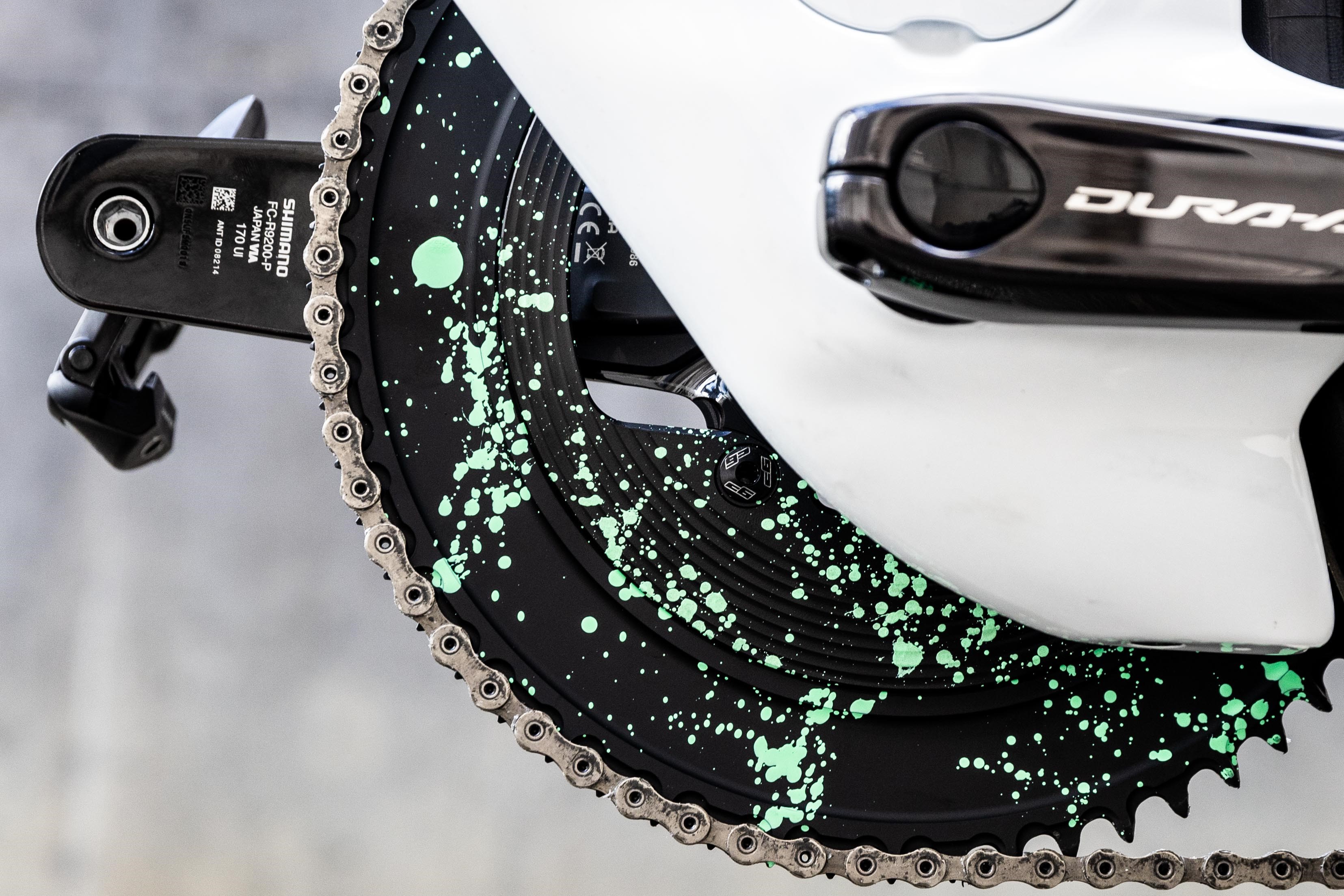
Frame Design
Certain chainstay designs do not permit the adjustment of chainline that is required to make 1X truly successful. In fact, on the Specialized Shiv TT, the largest chainring that can be run with an optimal 45 mm chainline is 56T. In the presumed 60T or 62T chainring size used by Remco, a zero offset chainring is required, increasing the chainline and exacerbating the cross chaining effect even more in the larger cogs on the cassette. The 2.5 mm that we adjust our chainline makes quite a significant difference to the functionality of our 1X solutions.
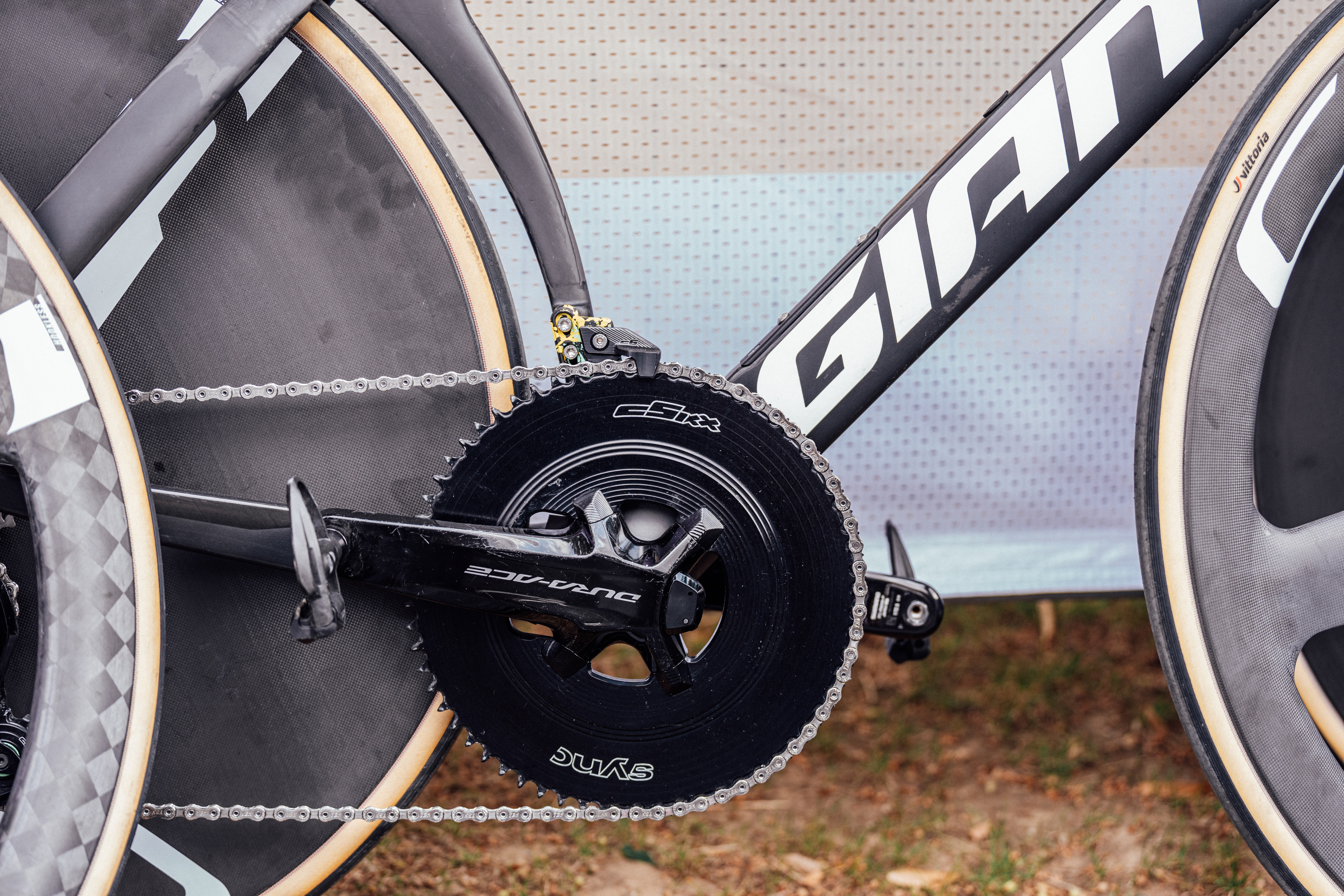
Chainring Design
Tooth designs in 1X systems vary a lot based on design capability, experience, material choice and the goals of the product. Some teeth, from certain manufacturers, are quite “loose” and others do a far better job of “capturing” the chain and retaining it on the chainring.
The difficulty here is that the best tooth profiles are extremely complex to design and manufacture. You can not make such designs from carbon, hence why aluminium is our material of choice.
“Unlike most manufacturers, who use up to 4 cutting passes, our tooth profile is crafted using 7 distinct passes with custom-designed tools, resulting in 59 unique surfaces on our thick tooth alone. This meticulous approach allows for superior chain guidance, debris dissipation, and wear compensation, ensuring your chainring stays in peak condition for longer.“ Mark Hopkins - cSixx
Thanks to the combination of tooth profile and chainline offset, we have been able to get our 1X system to a point that all gears on the cassette are usable, and problems associated with cross chaining are minimised.
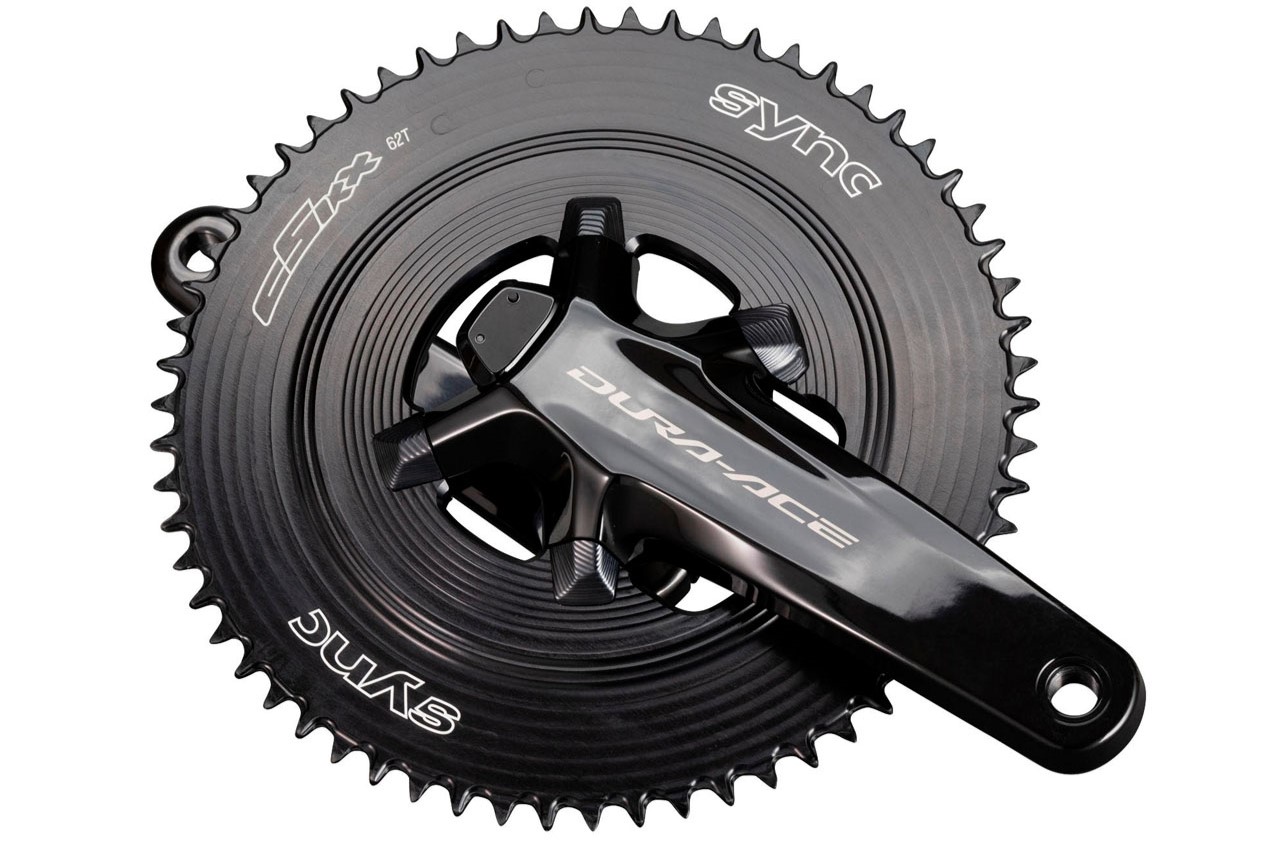
Driveline Reliability
The question that often lacks is ‘what are my order of priorities?’ We all want something novel, something light, something that others use, something that is bigger and badder than the competition. But, that is often not the best approach.
Back to basics, a driveline has to perform the intended task of a driveline. For 1X solutions we believe that means that you should be able to use all twelve cogs on your cassette.
As you pedal in the worst cross-chaining scenario, your chain should not be gouging or destroying the teeth on your chainring. With that in mind, carbon fibre is not the most optimal material, so we don’t use it.
“Carbon-toothed chainrings, while lightweight, often struggle with chain retention and durability, especially when subjected to extreme chainlines. In contrast, our aluminium chainrings excel in these areas, thanks to our ability to machine precise surface shapes that enhance both chain retention and wear resistance.” Mark Hopkins - cSixx
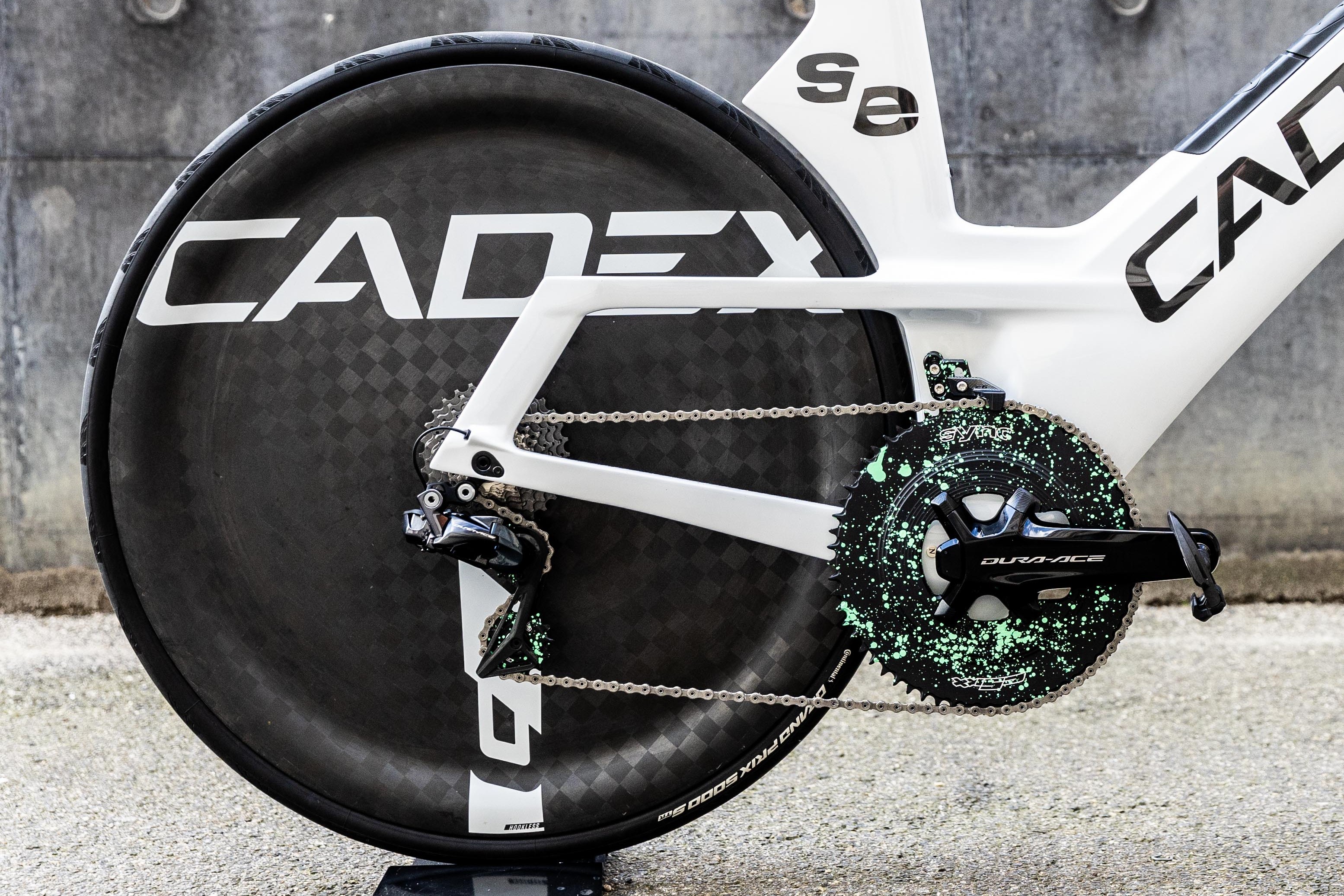
User Error
While this is going to sound critical of Remco, it is not the intent. As a brand, Sync has the highest level of respect to every athlete and we understand that mistakes happen.
At this level of competition, equipment is being used that is sitting right on the threshold of failure. Generally speaking, the end user rarely understands the fine line they are walking, in many respects, with many components on their bikes, and driveline is one of those grey areas. In my opinion, this is probably why Shimano are so cautious of allowing non sponsor-correct equipment, undoing all of their hard work in optimising the UX of their drivelines.
The short of it, you can not backpedal when the chain is at an extreme angle. I would also argue that you should not pedal forward with the chain at an extreme angle, but thanks to the chain guide, there is at least an extra layer of safety in the forward pedaling scenario.
What defines “extreme chain angle” depends on multiple factors, but what you can take away from the “Evenepoel moment” is that the angle of the chain was too extreme for the capability of the chainring.
Optimised 1X Solutions
So, what can the user take from this experience and what is a modern-day understanding of how to setup a TT bike with 1X?
Firstly, the chainline is critical. Our 1X chainrings use a 2.5 mm adjustment to the chainline, which delivers very close to a 45 mm chainline (dependent on crank and BB configuration). But, keep in mind, not all frames support an adjusted chainline. For this reason, we have reluctantly now released a range of zero-offset chainrings, which cater for the likes of the Shiv TT and Shiv Tri Disc. Keep an eye out for the next generation of TT frames that support 1X solutions with the correct offset to make 1X truly viable.
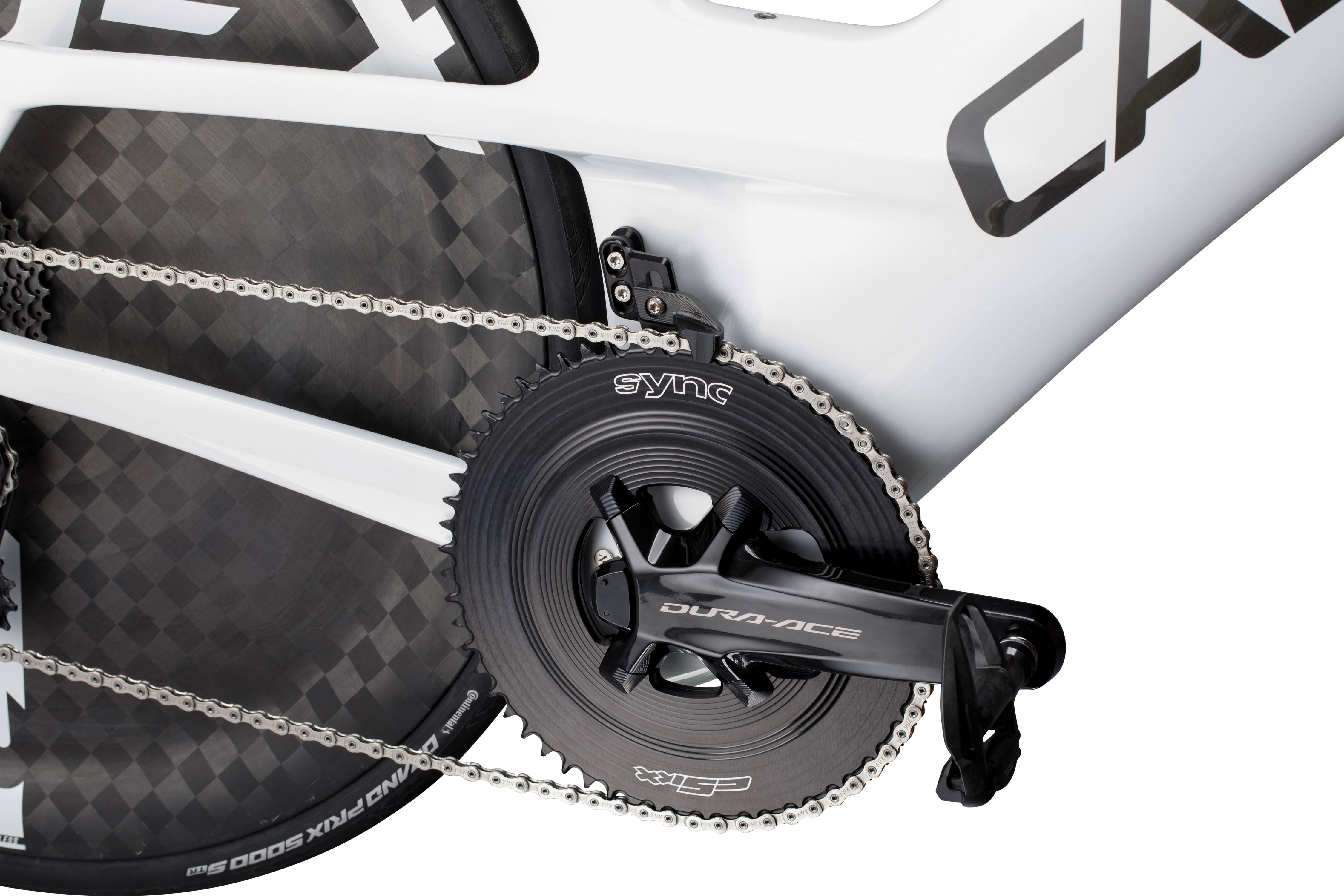
Tooth design is the second most critical consideration with 1X chainring. Not all teeth are designed equal and there is a lot of detail that goes into the perfect tooth. When we were looking at all chainring manufacturers, we instantly knew that cSixx were the best partner because of the complexity and detail in their tooth. It was instantly appreciable that they had experienced the same problems with 1X performance that we had. Collectively, it is the tooth profile and the chainline that deliver smooth running in the maximum number of gears.
The demands of a road bike driveline (cross-chaining) draws into question the viability of carbon as the material of choice for a chainring tooth. Add into the equation that the detail of the tooth profile requires complex CNC operations, and right away this rules out carbon. The Sync x cSixx 1X chainrings are made from 7075T6 aluminium, hard anodised for an extremely robust and hard-wearing finish.
“Since 2012, we’ve been designing and machining aluminium chainrings, continuously refining our designs. Our latest update to the Mk5 tooth profile is a testament to this commitment, incorporating twelve redesign and machining modifications. Each adjustment was thoroughly tested across a wide range of drivetrain brands, including both new and worn drivetrains, to ensure compatibility with as many combinations as possible.
Our close collaboration between our designers and in-house production facility allows for rapid prototyping and testing. We can design a tooth modification in the morning and have a fully functional, anodized chainring ready for testing by the afternoon. With the ability to make adjustments as small as 0.05mm, we ensure that our chainrings maintain a perfect balance between retention and smooth performance.” Mark Hopkins - cSixx
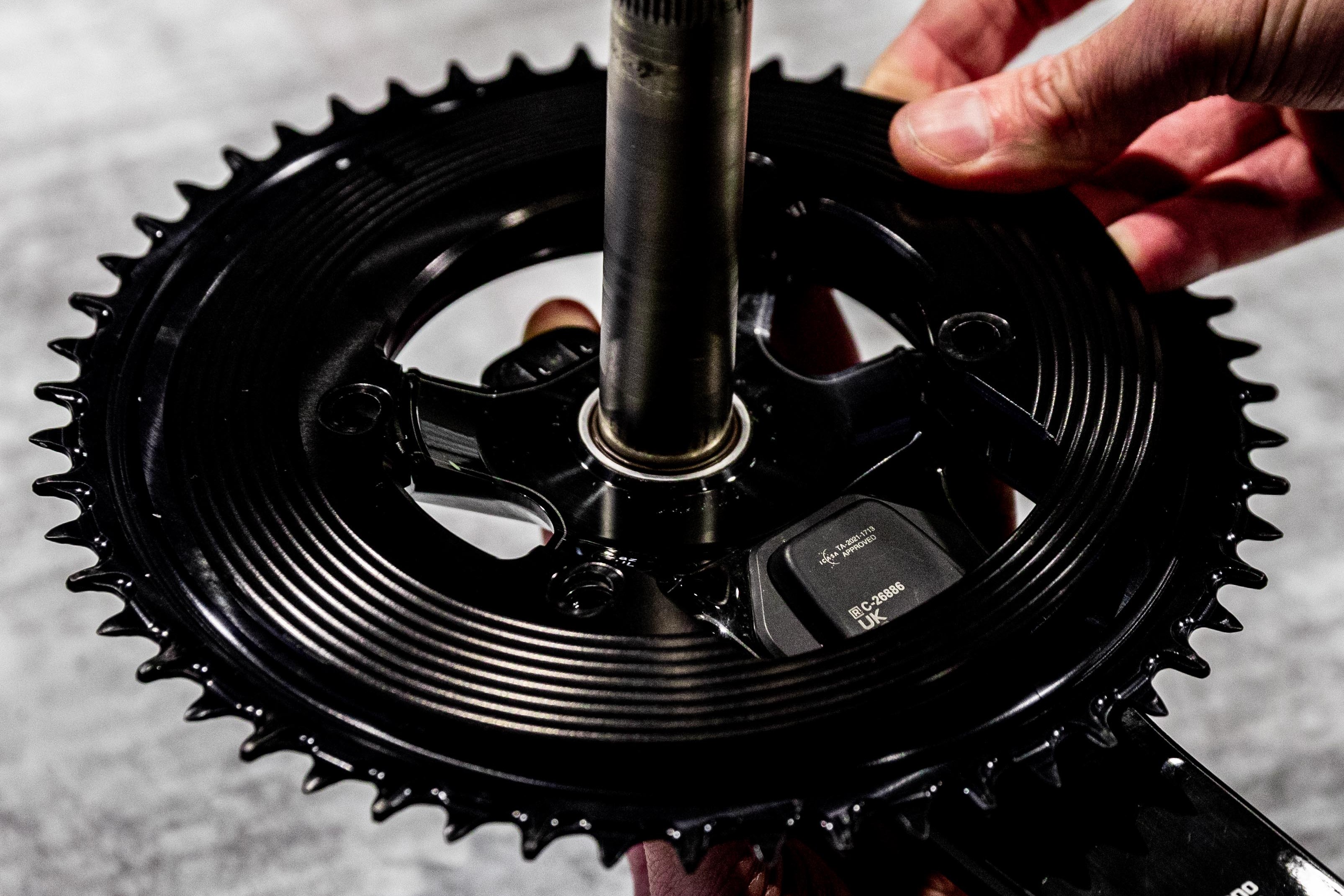
Use a chain guide, where possible and where supported by your frame. This will assist with those few instances where chain dislodgement could ruin the moment and leave you wishing you rocked up to the event better protected.
We could reinvigorate the 90’s safe practices campaign with the slogan - If it’s not on, it’s not on.
Respect that you are asking a lot of the bicycle driveline and it is situations like this where it is unfortunately easy to find that threshold of failure. For 1X, where that line is going to become closer to reality is at the extremes of your cassette (cross chaining). Don’t back pedal.
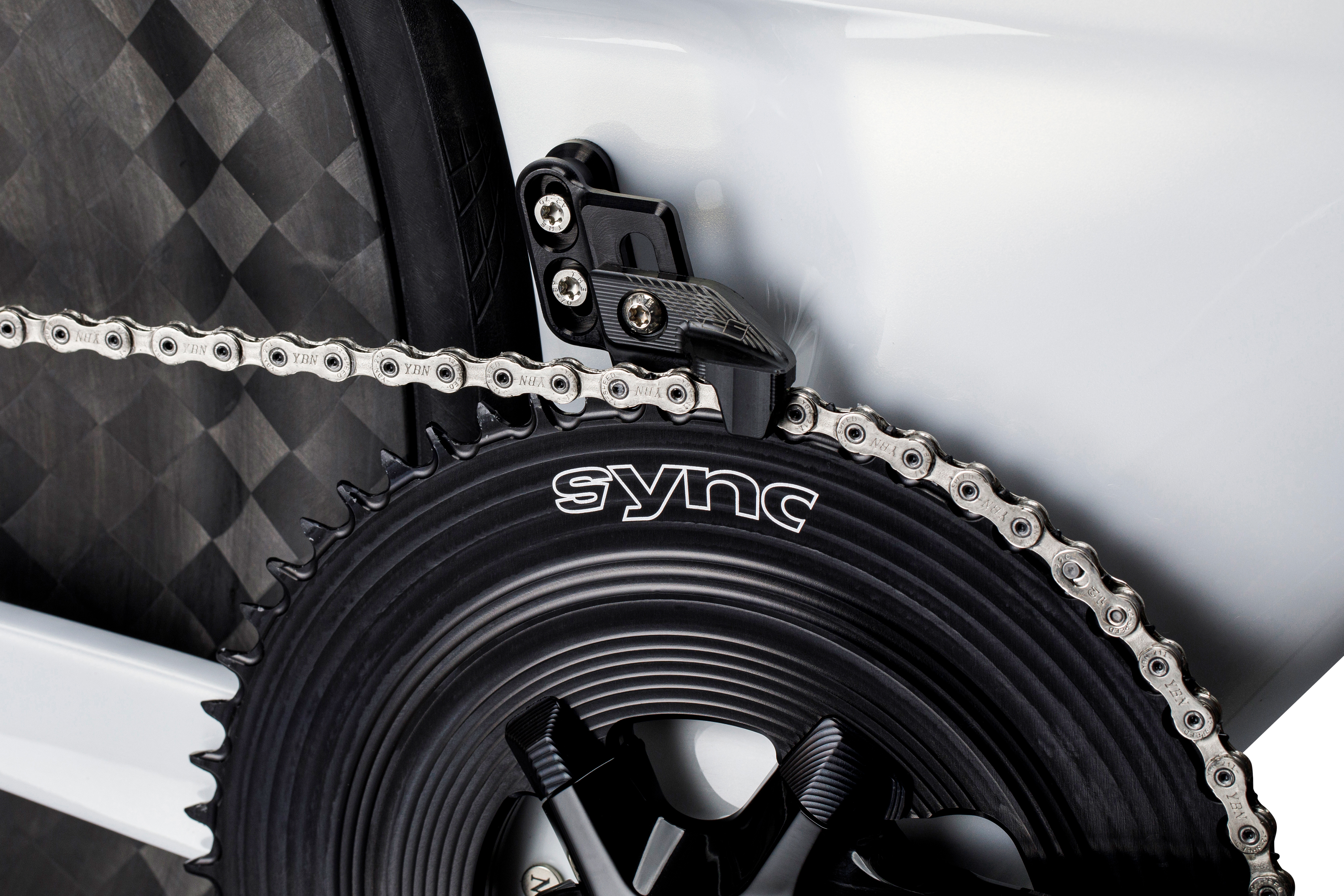
Finally, and this is away from the topic of the World TT Champs, but a topic for anyone to consider if looking at 1X - ask yourself the question, is it right for me? If you need to try and ‘buy back’ gear range by installing a 34T cassette, for example, you have missed the point of 1X. Primarily, it is a solution for mostly flat courses, where outright gear range can be sacrificed, to the benefit of having more optimal gear ratios in the narrower range of gears that you do have.
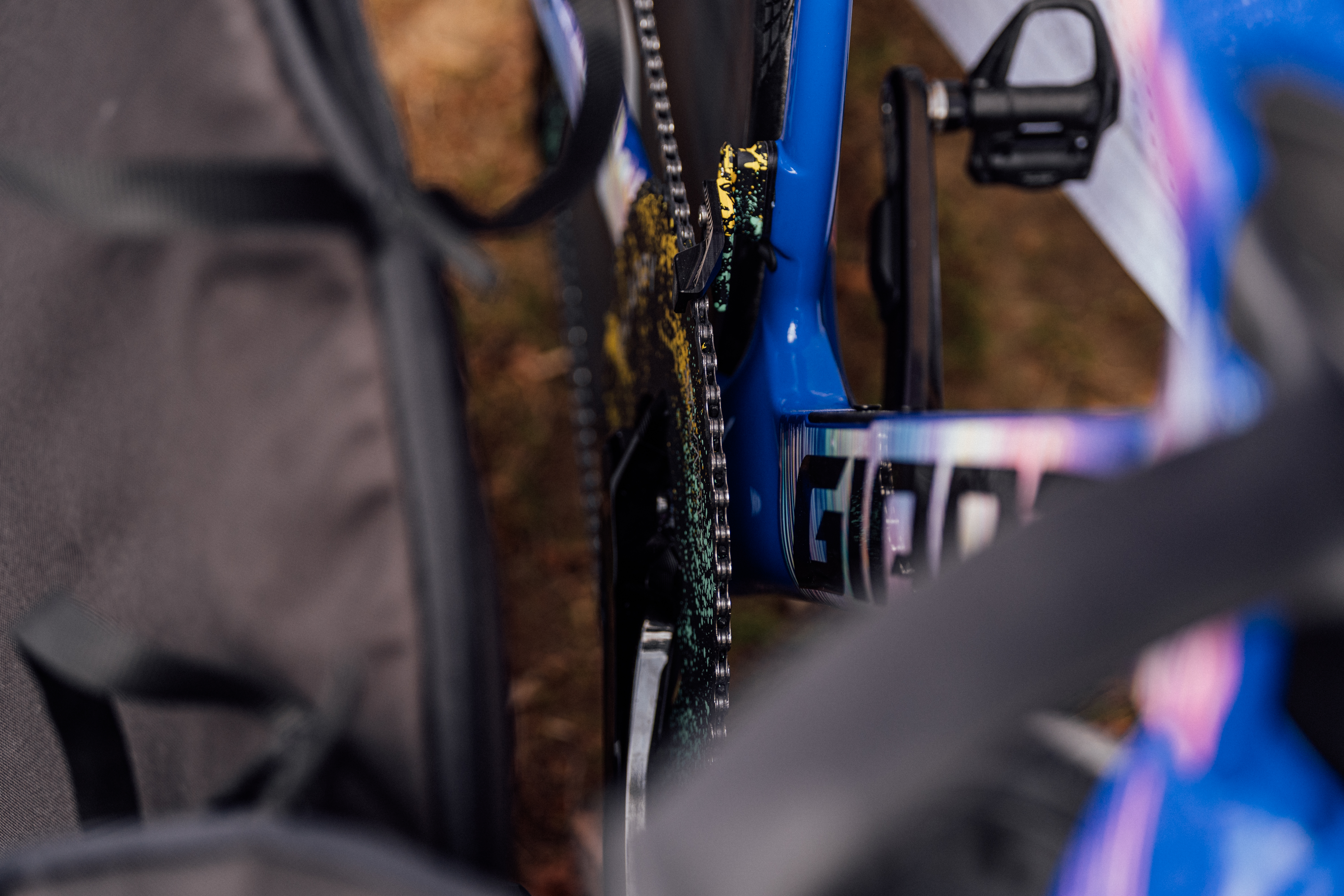
You might also enjoy reading our story on HSC Ceramics and the importance of ceramic bearings in cycling.

